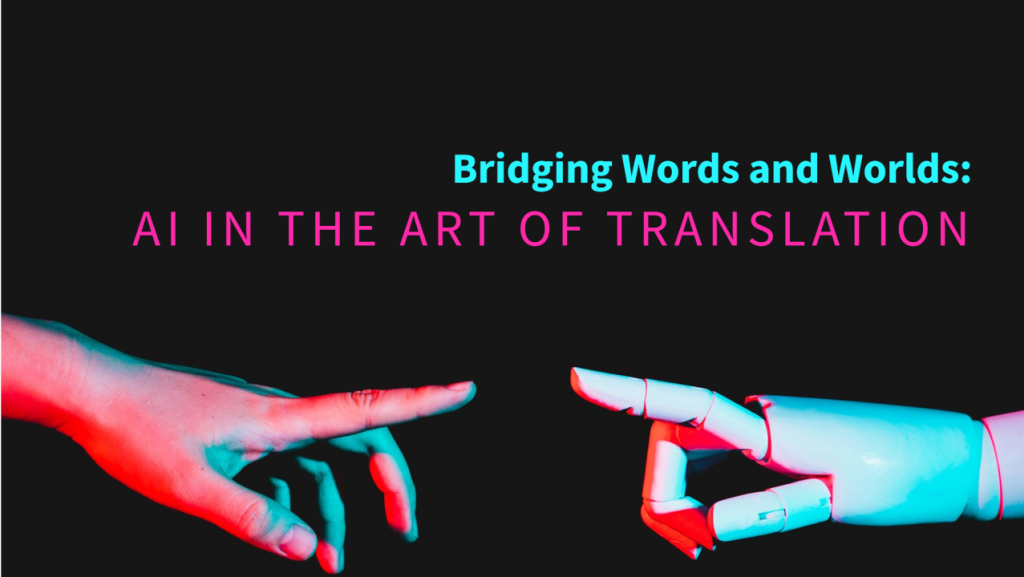I remember the night vividly—a dinner at Yoshi’s with a very good friend, a young and talented lawyer. As the evening unfolded, drinks led us down a path of philosophical musings, from the Theseus Paradox to the role of artificial intelligence in the legal world. Amid our spirited conversation, one topic captured my imagination: AI translation and its impact on the art of translation.
Artificial Intelligence (AI translation) has revolutionized the way we break language barriers, making communication across the globe more seamless than ever. Businesses and individuals alike now rely on AI-driven translation tools to navigate linguistic complexities with unprecedented speed and efficiency. Yet, despite its marvels, AI still falls short in capturing the soul of language—a reminder that the human touch remains irreplaceable.
AI’s Role in Translation: A Double-Edged Sword
AI translation technology is undeniably powerful, offering the ability to process and translate vast amounts of content in record time. Neural Machine Translation (NMT) technology, which analyzes entire sentences rather than isolated words, has significantly improved the fluency and accuracy of translations. For businesses, this means smoother international communications and the ability to reach global markets with ease.
However, translation is more than a mere conversion of words; it is an intricate dance of culture, emotion, and context. While AI can handle straightforward, high-volume translations such as technical manuals and e-commerce listings, it struggles with the subtleties that define human expression. Humor, irony, and cultural references often get lost in the algorithm, leaving texts devoid of their intended richness and nuance.
The Inherent Limitations of AI Translation
Despite its advancements, AI lacks the depth of human experience necessary to fully grasp the complexity of language. Some of its key limitations include:
- Cultural Sensitivity: Languages carry a cultural weight that AI cannot always interpret correctly. Phrases steeped in tradition or regional dialects often require a nuanced understanding beyond algorithmic capabilities.
- Contextual Understanding: AI may struggle to interpret context, particularly in fields like legal or literary translation, where precision is paramount.
- Emotional Depth: Language carries emotions, and AI lacks the empathy to accurately convey sentiment, tone, or persuasive intent.
- Creativity in Language: AI operates within structured patterns, while human translators can creatively adapt content to suit different audiences and cultural contexts.
The Synergy Between AI and Human Translators
Rather than viewing AI as a threat, professional translators can embrace it as an invaluable tool. AI translation tools can manage repetitive, time-consuming tasks, allowing human experts to focus on refining and enhancing translations where subtlety and precision are required. This collaboration ensures that businesses can benefit from both speed and quality, striking a balance between automation and the human touch.
At Lingua Franca Ltd., we believe that AI has a place in the translation industry—not as a replacement, but as a complement to human expertise. By harnessing AI’s capabilities to handle high-volume content while relying on skilled translators to perfect and localize the message, we deliver translations that not only inform but also resonate.
As we continue navigating the evolving landscape of AI in translation, it becomes clear that AI translation tools can open doors, but only human translators can walk through them with the grace and understanding that language deserves.

